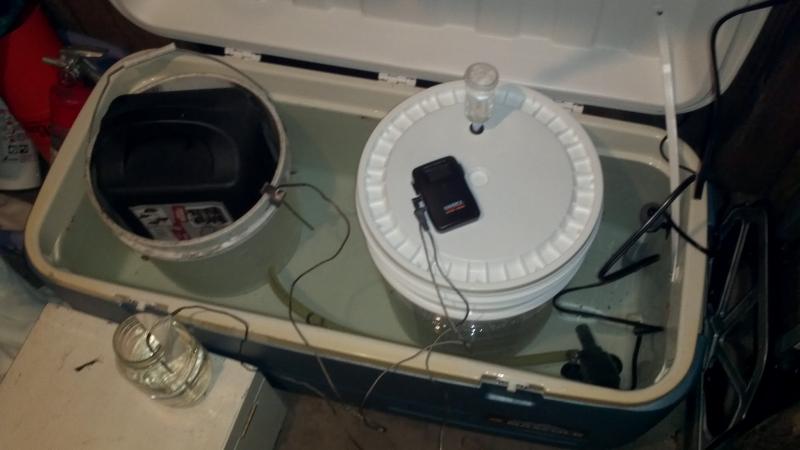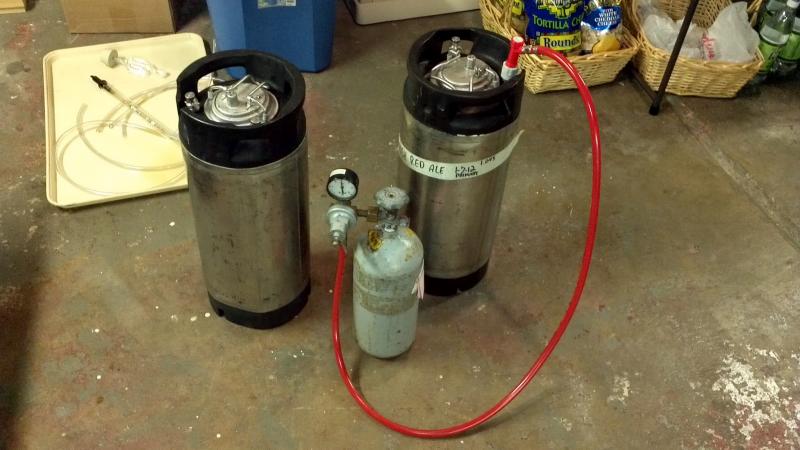Thumbs71
Well-Known Member
This is probably a super n00b weird question, but I wasn't really able to find an answer...
My fermenting room sits right around 50 degrees. I use a heated water bath for my ales. Obvioulsy this is good for a lager fermentation, but that isn't always an option. My fridge only has room to lager/ cold condition 1 corny at a time.
Do you have any suggestions for a recipe/ yeast strain that these conditions would be good for?
My fermenting room sits right around 50 degrees. I use a heated water bath for my ales. Obvioulsy this is good for a lager fermentation, but that isn't always an option. My fridge only has room to lager/ cold condition 1 corny at a time.
Do you have any suggestions for a recipe/ yeast strain that these conditions would be good for?





